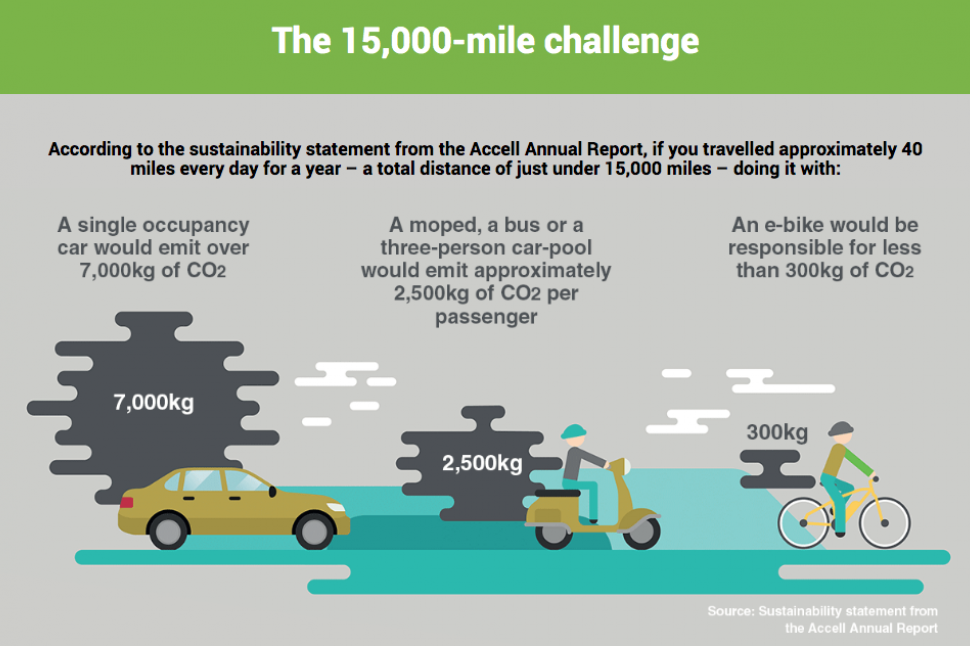E-Bike Classifications Explained: Understanding The Effects Of Each Group
E-Bike Classifications Explained: Understanding The Effects Of Each Group
Blog Article
Write-Up Written By-Hollis Shaffer
If you're thinking about purchasing an e-bike, comprehending the various classes is key in making an informed choice. You could be surprised at exactly how each class offers special functions that deal with different riding preferences and legal requirements. From pedal-assist choices to throttle-controlled versions, each course has its benefits. So, prior to you decide on the excellent e-bike for your needs, it's crucial to comprehend the differences between Class 1, Course 2, and Class 3 e-bikes.
Course 1 E-Bikes
Class 1 E-Bikes are specified as pedal-assist electric bikes that offer aid only when you pedal, ceasing to do so once you get to 20 mph. These bikes are best for those searching for a little additional boost while still wanting to get some workout. Class 1 E-Bikes offer a smooth shift between pedaling and electric assistance, assisting you conquer hillsides and cross countries effortlessly. The motor begins as soon as you begin pedaling, offering an all-natural and effortless adventure experience.
One of the vital advantages of Class 1 E-Bikes is that they're permitted on many bike paths and routes where typical bikes are permitted. This indicates you can check out brand-new routes and enjoy the outdoors without any constraints.
In addition, these bikes are eco-friendly and provide a lasting mode of transport, minimizing your carbon impact while still obtaining you to your location efficiently.
Class 2 E-Bikes
Moving on from the pedal-assist characteristics of Class 1 E-Bikes, Course 2 E-Bikes present a new aspect into the electrical bicycle realm. These e-bikes feature a spin throttle attribute, enabling you to ride without pedaling at all. With this enhancement, you have the option to just engage the throttle and let the motor do the job, pushing you onward easily.
Class 2 E-Bikes are ideal for motorcyclists who may need a break from pedaling or require aid when starting from a total quit. This feature makes them particularly appealing for people with limited flexibility or those who desire an even more leisurely riding experience.
However, it is necessary to note that Class 2 E-Bikes are still controlled by a speed limit of 20 mph, ensuring safety and security and compliance with policies.
Class 3 E-Bikes
For riders looking for a much more vibrant electrical cycling experience, Class 3 E-Bikes deal enhanced rate and performance compared to their Class 1 and Course 2 counterparts. Course 3 E-Bikes are referred to as "speed pedelecs" and can reach rates of as much as 28 mph, giving a thrilling trip for those searching for an additional increase. These bikes come furnished with a pedal-assist system that starts when you start pedaling, making it less complicated to maintain greater speeds with less initiative.
One key attribute of Class 3 E-Bikes is that they aren't restricted to bike lanes only; they can likewise be utilized on streets where the rate restriction is 30 miles per hour or lower. This versatility allows riders to navigate via web traffic extra effectively while still delighting in the benefits of electric assistance.
Nonetheless, it's essential to remember that some areas might have details laws relating to making use of Course 3 E-Bikes, so constantly inspect local legislations before hitting the trail.
https://www.bicycling.com/bikes-gear/a25054215/best-cargo-bikes/ , now that you understand the distinctions between Course 1, 2, and 3 E-Bikes, you can make an educated choice on which kind ideal matches your requirements. Whether you favor pedal-assist, throttle feature, or higher rates, there is an E-Bike class out there for you. gub pro-3 phone mount in mind to consider your local laws and individual choices prior to making your choice. Happy riding!
